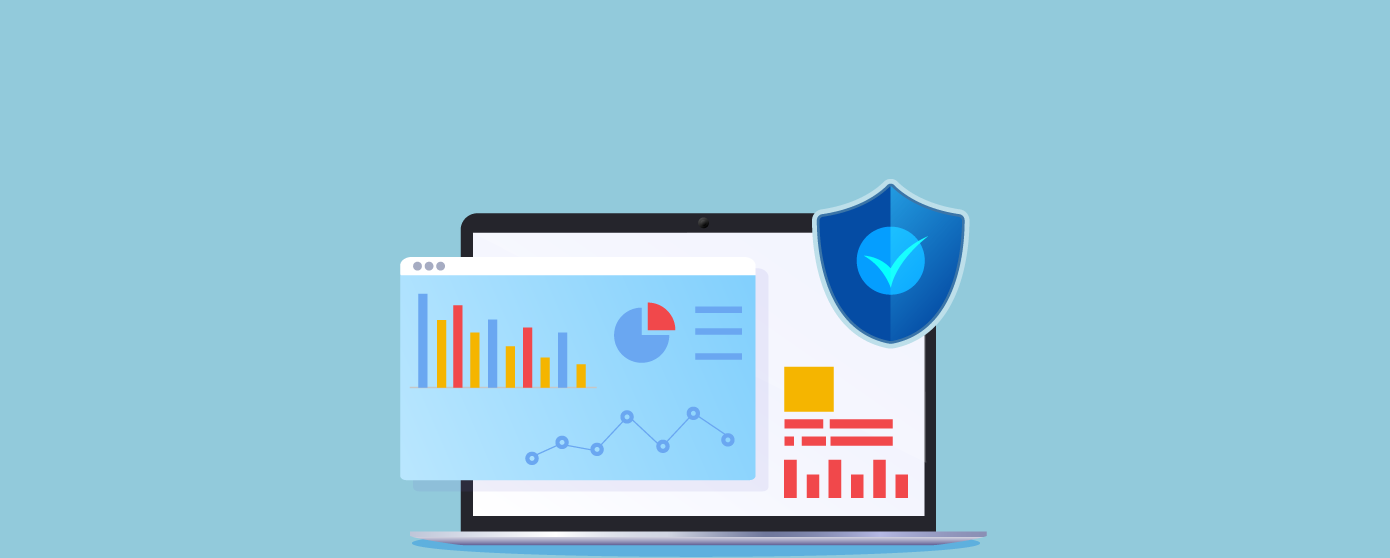
We have heard time and time again that prevention is better than cure. It holds even with application security.
Just think about it…
The number of cyberattacks jumped 29% in H1 2021 as compared to H1 2020. Further, there is a proliferation of more sophisticated attacks and advanced threat vectors that are targeting sensitive business and personal information. Organizations were running from pillar-to-post to mitigate and remediate the multiple threats and attacks on their applications.
Amidst these challenging conditions, what if application security was infused right into the SDLC stages and organizations deployed securely by design apps? What if security misconfigurations and vulnerabilities were proactively identified and fixed by application security solutions before the attackers gain access?
In this article, we discuss how prevention beats remediation for application security.
Prevention is the process of blocking threats, known or emerging, even before they reach the application/ network/ system, thus, eliminating any damage they may cause. Prevention enables organizations to usher proactiveness in web application security.
Ways in which organizations can proactively prevent cyber threats include:
Remediation is the process of mitigating attacks and fixing systems after an intruder has breached the application/ system/ network. Remediation is a reactive approach to application security and focuses on mitigating/ reducing the damage that the intruder/ attack can cause.
Typically, threats make themselves known in a malicious fashion such as website defacement, slower applications, service disruptions, and so on. This makes the removal of the threat more urgent.
Reactive remediation techniques include:
Prevention-focused strategies reduce threat exposure and business risks by proactively identifying vulnerabilities and preventing known and advanced/ emerging threats. It empowers organizations to gain the first-mover advantage and always stay ahead of the attackers.
Proactive prevention empowers organizations to stop all types of attacks and data breaches before they happen using advanced technologies, next-gen firewalls, global threat intelligence, security analytics, intrusion prevention systems, virtual patching, fixing critical/ high-risk vulnerabilities, etc. With intelligent automation, cloud computing, and other advanced technology, the best application security solutions ensure scalability of prevention and security.
Since breaches and attacks are pre-empted and prevented, organizations can save themselves from downtimes, service disruptions, and loss of data caused by attacks such as malware, DDoS, ransomware, account takeover, etc.
The traditional detection and remediation approach involves arduous and time-consuming manual processes. So, remediation and recovery could take hours, days, and even weeks.
Since the best SaaS application security solutions use intelligent automation and other advanced technology in tandem with the security expertise of certified professionals, they reduce the time, effort, and cost required in remediation. Further, they minimize and even eliminate the need for extensive manual efforts towards threat detection and removal.
In continuation of the previous point, IT security teams are not constantly caught up in remediating attacks, escalation, and recovery. So, you do not need larger IT security teams. This is valuable for SMBs that cannot afford to keep increasing their IT security team-size with the growing threat landscape.
One of the biggest myths is that remediation is cheaper than prevention. This stems from a narrow view of the cost of attempted and successful attacks and data breaches. Further, the lower cost of remediation tools such as anti-virus, anti-malware, and traditional firewalls add to the misconception.
However, the reality is that data breaches and attacks are costly. They lead to financial damage, significant reputational damage, brand erosion, higher customer attrition, loss of trust, large escalation, forensic and legal costs, penalties, etc.
With proactive, preventive application security services/ solutions, you can foster greater customer loyalty and trust, stay compliant and steer away from the big investigation and forensic bills. You could save 82% of costs that are spent on detection, containment, remediation, and recovery after attacks.
The Way Forward
While prevention is critical to any application security strategy, it is not to say that remediation is not necessary. With intelligent application security services like Indusface, you can find the right balance between proactive prevention and remediation.
Found this article interesting? Follow Indusface on Facebook, Twitter, and LinkedIn to read more exclusive content we post.
This post was last modified on November 17, 2023 16:36
A Managed WAF is a comprehensive cybersecurity service offered by specialized providers to oversee, optimize,… Read More
Explore crucial tactics like Asset Inventory, Patch Management, Access Control & Authentication, and additional best… Read More
Delve into the data privacy questions including consent protocols, data minimization strategies, user rights management,… Read More